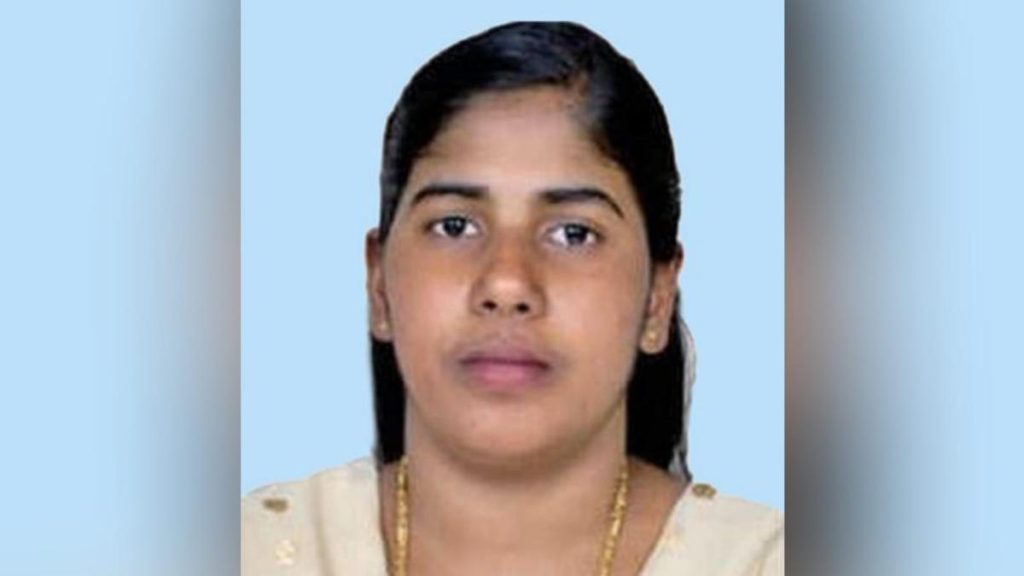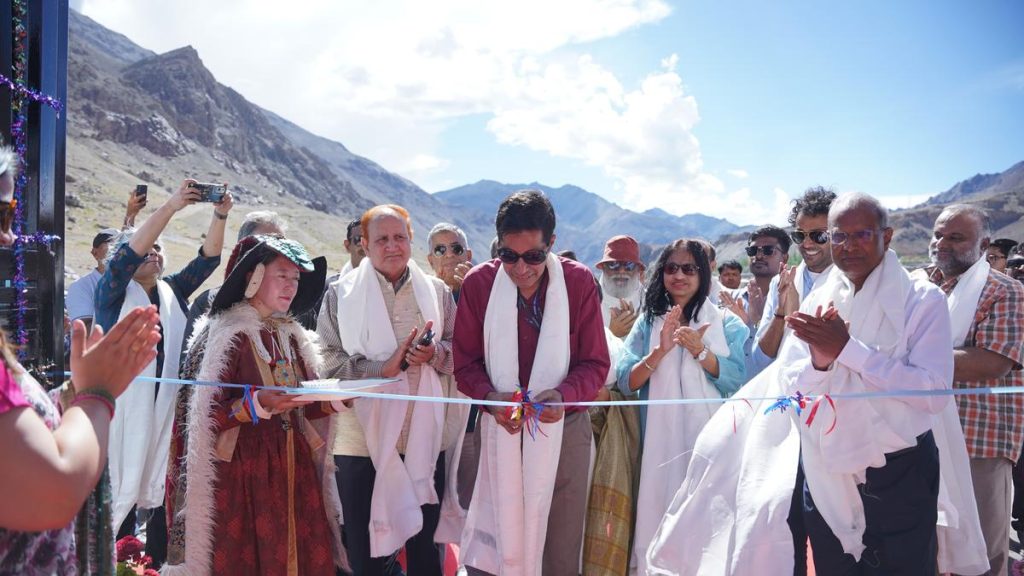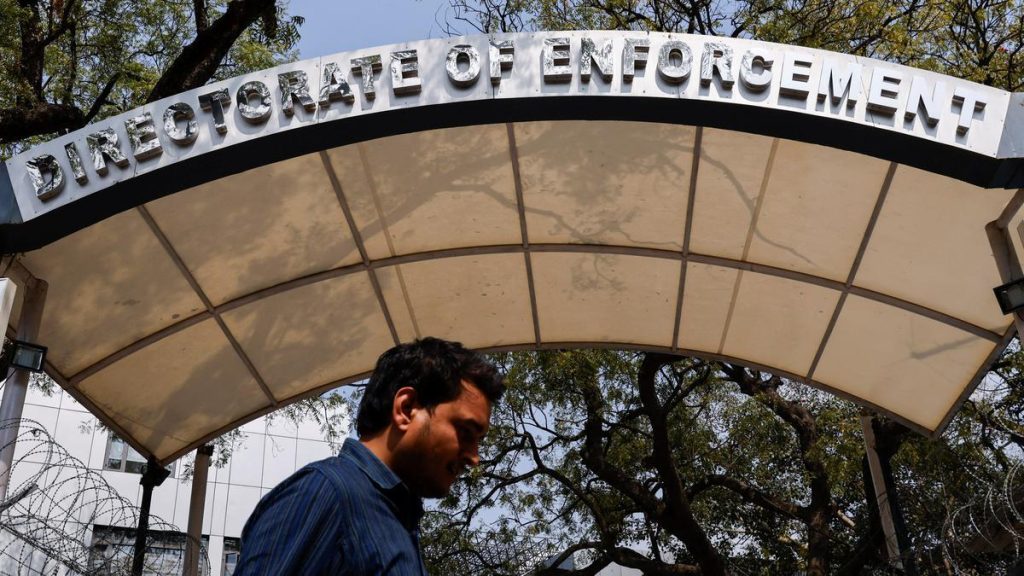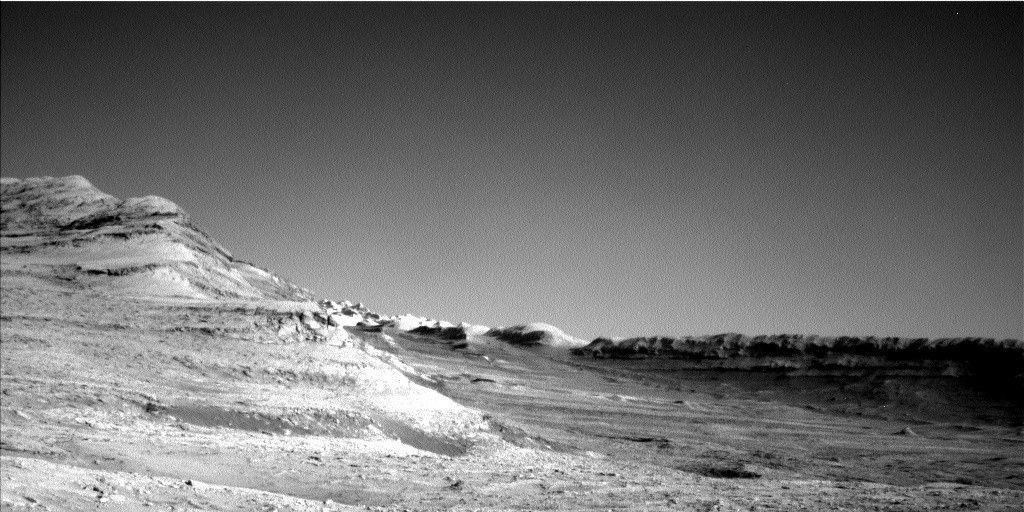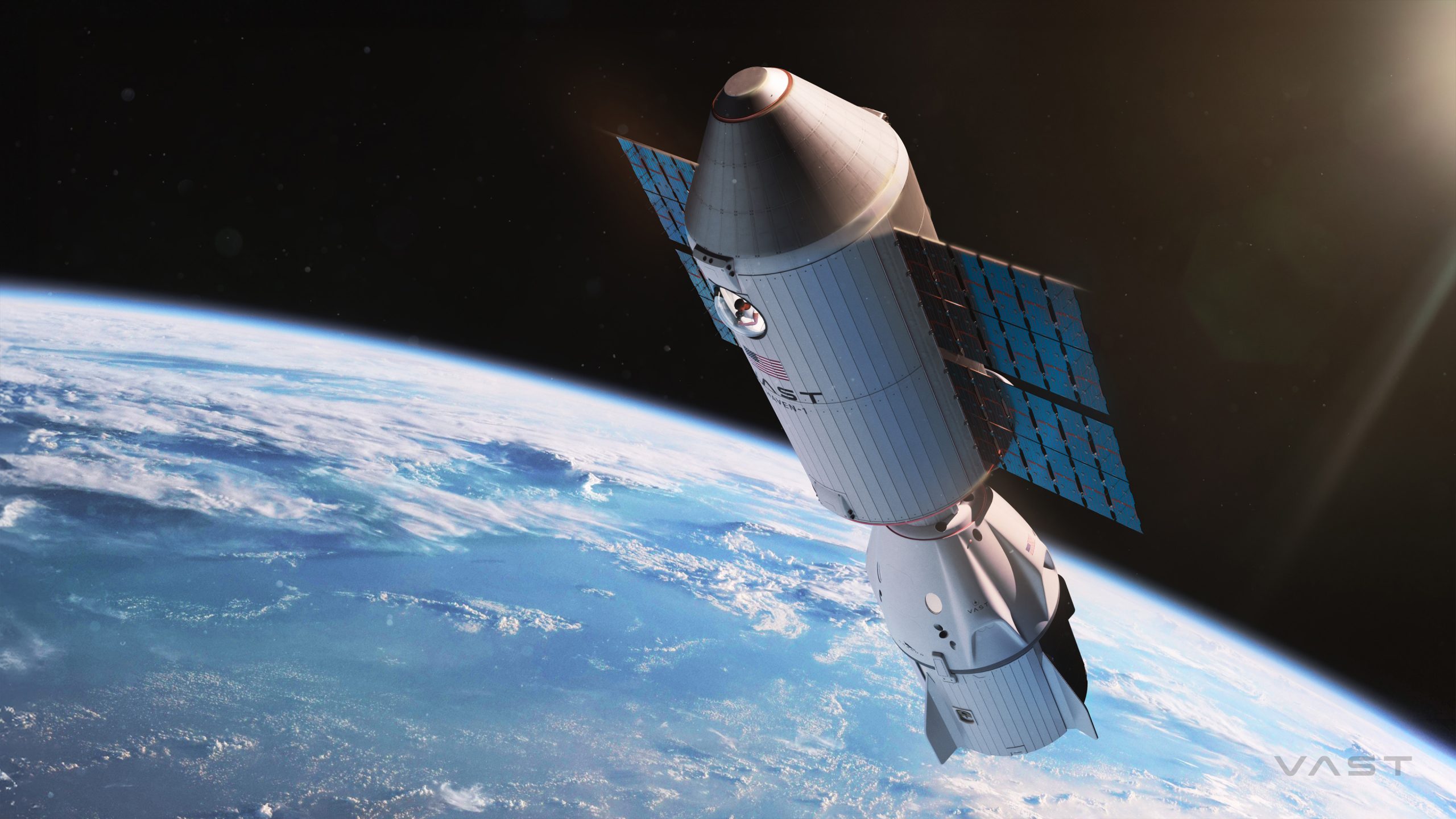Now Reading: NASA Interns Advance Aerospace Research in Microgravity
-
01
NASA Interns Advance Aerospace Research in Microgravity
NASA Interns Advance Aerospace Research in Microgravity
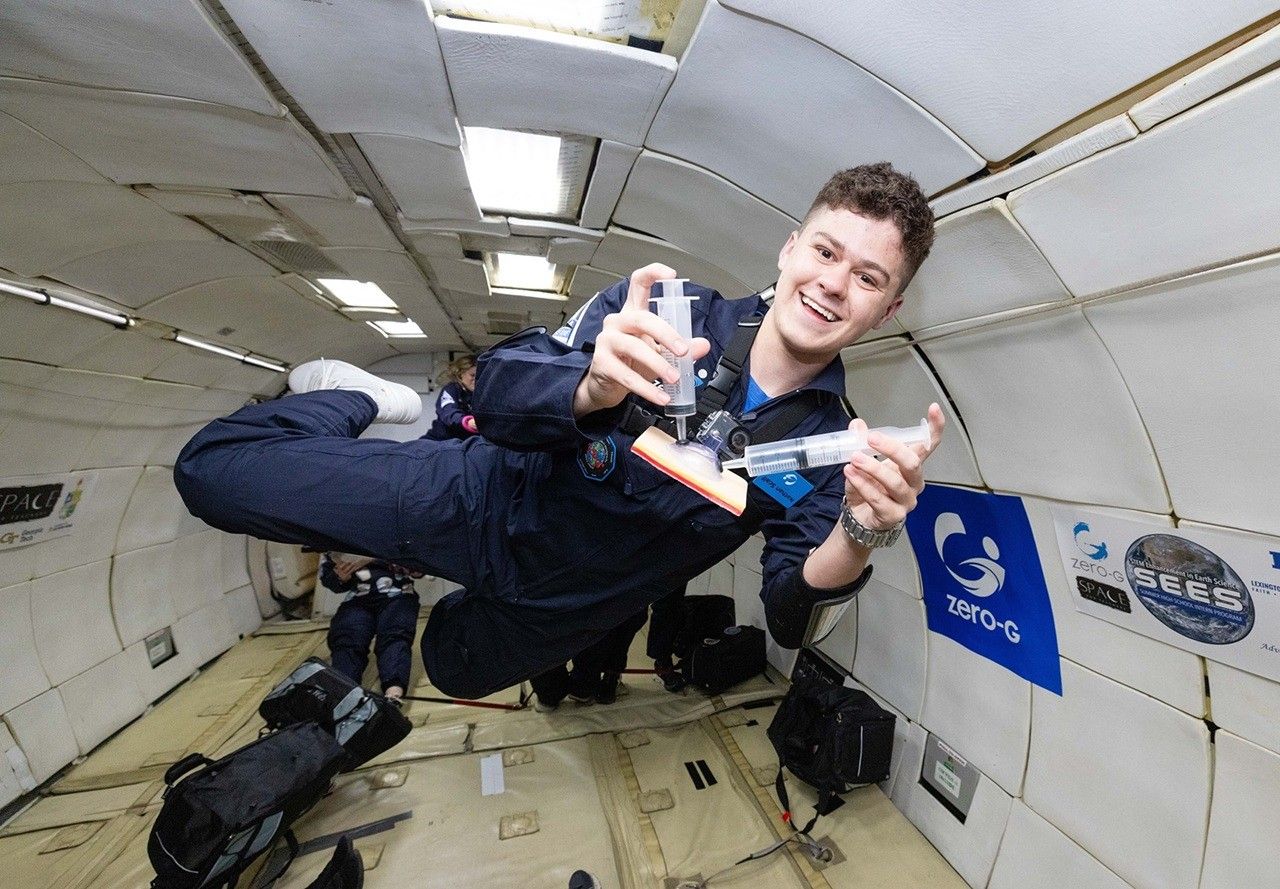
Swift Summary
- NASA’s SEES Summer Intern Program continues to provide high school students with real-world spaceflight research experiences through its Microgravity Research initiative.
- Four selected student interns flew aboard the ZERO-G parabolic aircraft to test their experiments in 11 minutes of microgravity across 30 parabolas:
– Charlee Chandler (Alabama): Experiment on Galvanic vestibular Stimulation and Vestibular-Ocular Reflex in microgravity.
– Aya Elamrani-Zerifi (Maryland): Study of Thermocapillary-Induced Bubble Dynamics.
– Lily Myers (Washington): Investigation of Propellant Slosh Damping Using Polyurethane Foam.
– Nathan Scalf (Kentucky): Design for Wound Irrigation System in Microgravity.
- The selected interns underwent months of rigorous planning, including mentorship, technical milestones, design reviews, and full payload integration following industry standards.
- Supported by NASA SEES and partners like CASIS and Twiggs space Lab, students also contributed experiments to the ZQube platform-enabling microgravity research by over 150 interns nationwide.
- The program’s broader mission aims to prepare young minds for aerospace careers by immersing them in scientific research alongside experts from academia and NASA.
Read More: NASA STEM aerospace Research
Indian Opinion Analysis
India can view programs like NASA’s SEES Internship as exemplary models that demonstrate how hands-on exposure can foster interest in STEM fields among youth while advancing cutting-edge research. This collaborative initiative not only trains future scientists but aligns industry practices with educational goals-a concept worth replicating within India’s own space exploration ecosystem.
Given India’s strong focus on expanding its space program under ISRO-with missions such as Chandrayaan and Gaganyaan-embedding similar internships into academic systems could help nurture a pipeline of skilled engineers for years to come. For India specifically, pairing these efforts with partnerships between organizations like ISRO, academic institutions, private firms, or international collaborators would strengthen capabilities across areas such as satellite data utilization or aerospace experimentation.
Encouraging participation from diverse regions would ensure equitable access for aspiring minds across states while reinforcing India’s foothold on global science platforms akin to what SEES achieves for American students.


